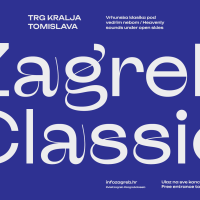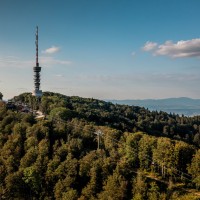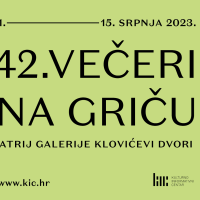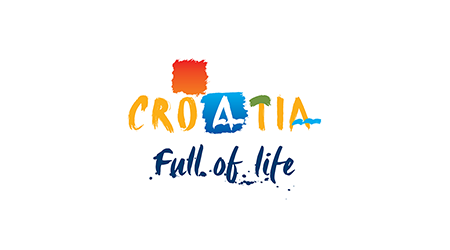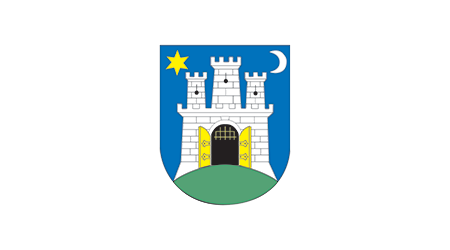The first exhibition of medieval tombstones
On 4 September, the Klovićevi Dvori Gallery will open its doors to visitors of the heaviest exhibition ever. The gallery had to rent a 23-ton hauler to transport massive medieval tombstones – stećak, all the way from Dalmatian Zagora to Zagreb's Upper Town in order to prepare the first exhibition of the last resting places of the dead.
 Seven original monumental tombstones, the so-called stećak, which have never covered any tombs, were taken from the areas of Sinj, Proložac, Brela, Budimir, Cista Provo municipality and from the Museum of the Cetina region in Sinj.
Seven original monumental tombstones, the so-called stećak, which have never covered any tombs, were taken from the areas of Sinj, Proložac, Brela, Budimir, Cista Provo municipality and from the Museum of the Cetina region in Sinj.
The stećak is a fascinating stone monument which has stirred up many controversies over a number of centuries, but only for the past hundred years or so has it been the subject of serious research.
Some stećak monuments, at different sites across Croatia, are so badly damaged that it is virtually impossible to decipher the decorative ornaments on them. The author of the exhibition has teamed up with her colleagues from Bosnia and Herzegovina, Serbia and Montenegro to draw attention to this segment of cultural heritage as something that calls for most urgent protection. The stećak phenomenon is unique to Croatia, Bosnia and Herzegovina, Serbia and Montenegro and cannot be found anywhere else in Europe.
Besides originals, the exhibition at the Klovićevi Dvori will also present plaster casts from the collection of the HAZU Glyptotheque on Medvedgradska Street in Zagreb. The cast of the biggest and most impressively decorated stećak – from Zagošćani, found in the environs of Kakanj in Bosnia, will be a part of the exhibition. The rest of the exhibited monuments will be presented through photos.
The exhibition covers the overall history of stećak monuments – the way they were created, their origin, the art, symbolism, topography and their present state, as well as the findings that were unearthed from the tombs covered by the stećak – jewelry, weapons, parts of the horse-riding gear, textiles and other artifacts which have been borrowed for the exhibition from the Museum of Sarajevo and the Museum of Croatian Archeological Monuments in Split.
It took a couple of years to prepare this fascinating exhibition which remains open to public until the 2nd of November.
Published: 01.09.2008
 Hrvatski
Hrvatski English
English Deutsch
Deutsch Spanish
Spanish French
French Italian
Italian Russian
Russian Korean
Korean Japanese
Japanese Chinese
Chinese Seven original monumental tombstones, the so-called stećak, which have never covered any tombs, were taken from the areas of Sinj, Proložac, Brela, Budimir, Cista Provo municipality and from the Museum of the Cetina region in Sinj.
Seven original monumental tombstones, the so-called stećak, which have never covered any tombs, were taken from the areas of Sinj, Proložac, Brela, Budimir, Cista Provo municipality and from the Museum of the Cetina region in Sinj.